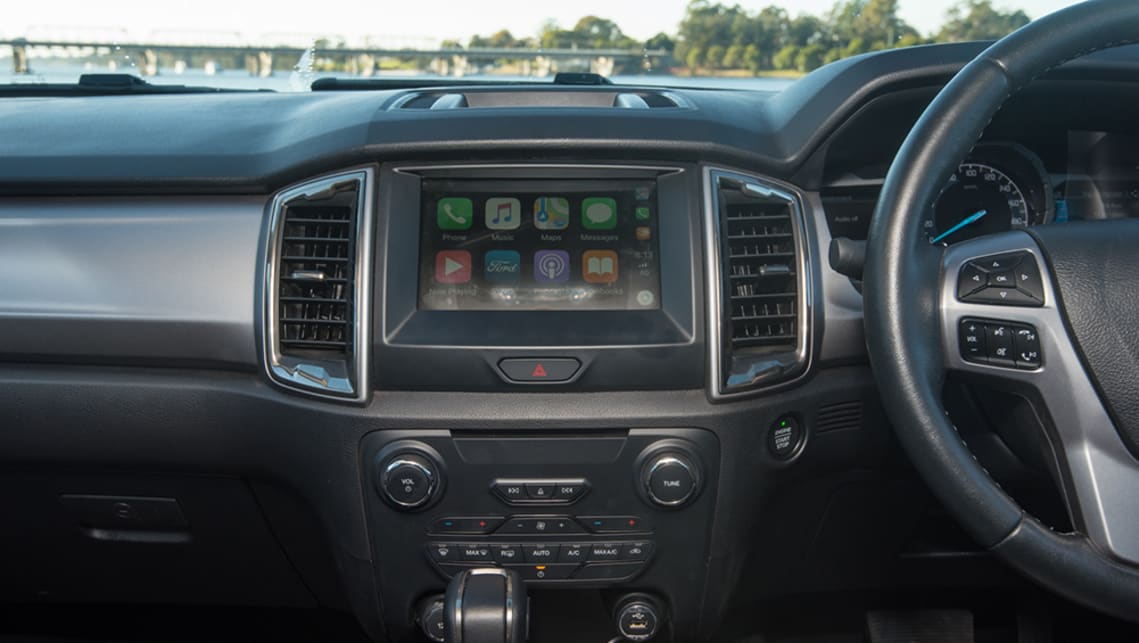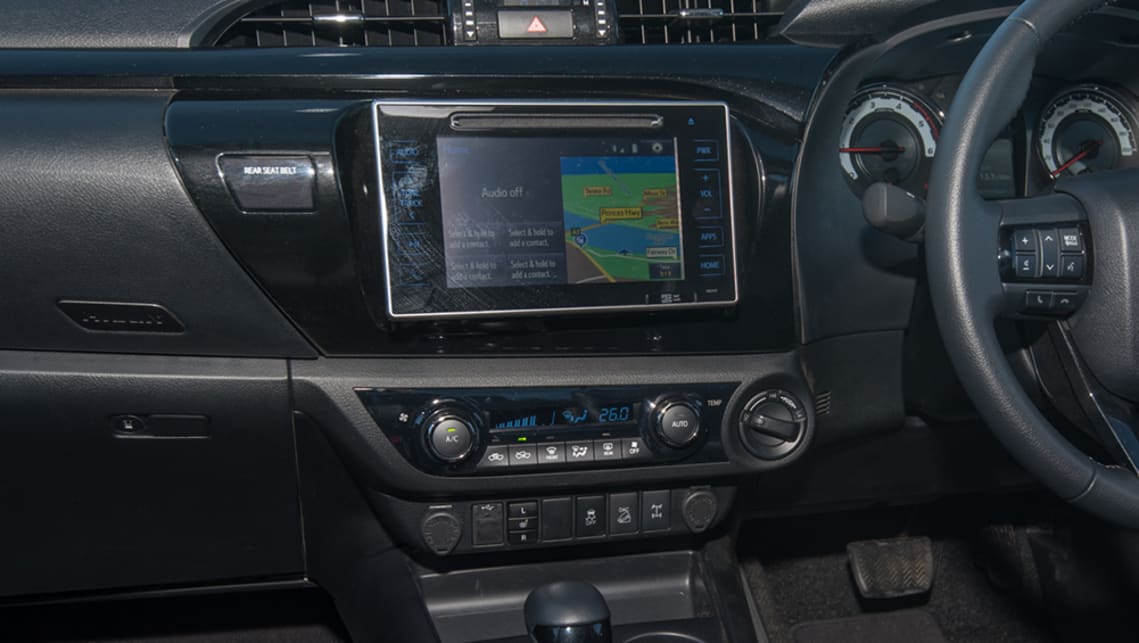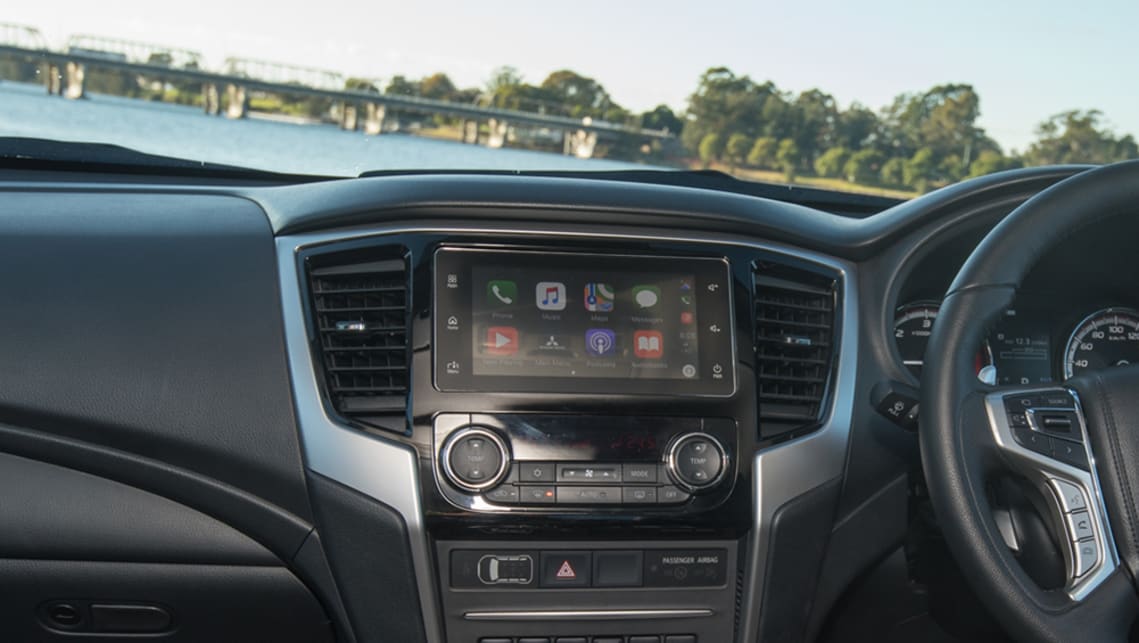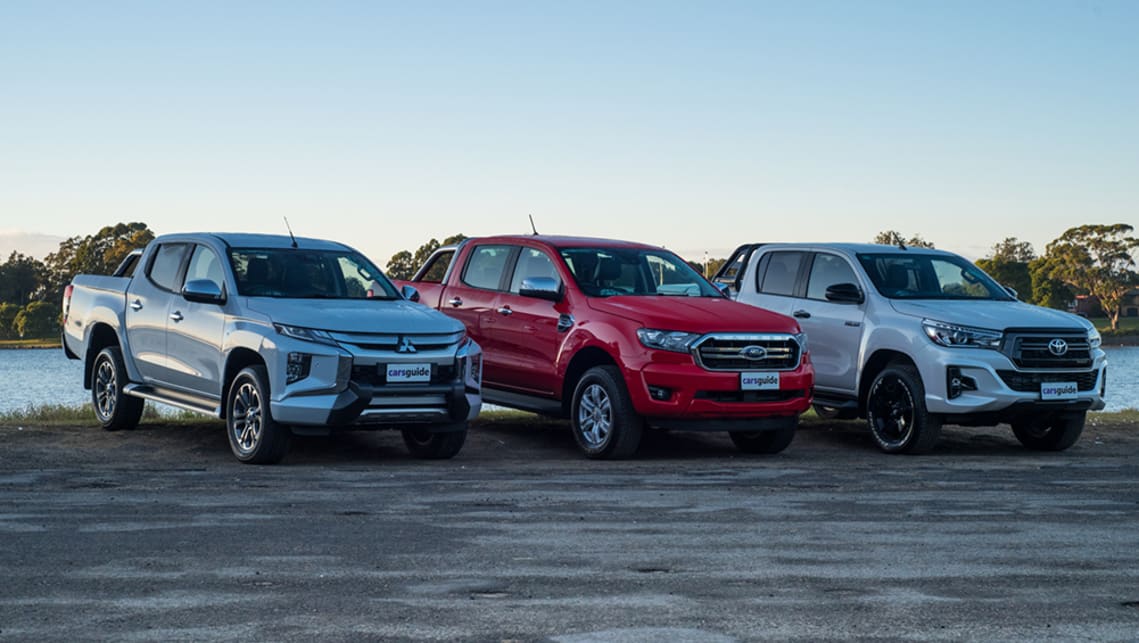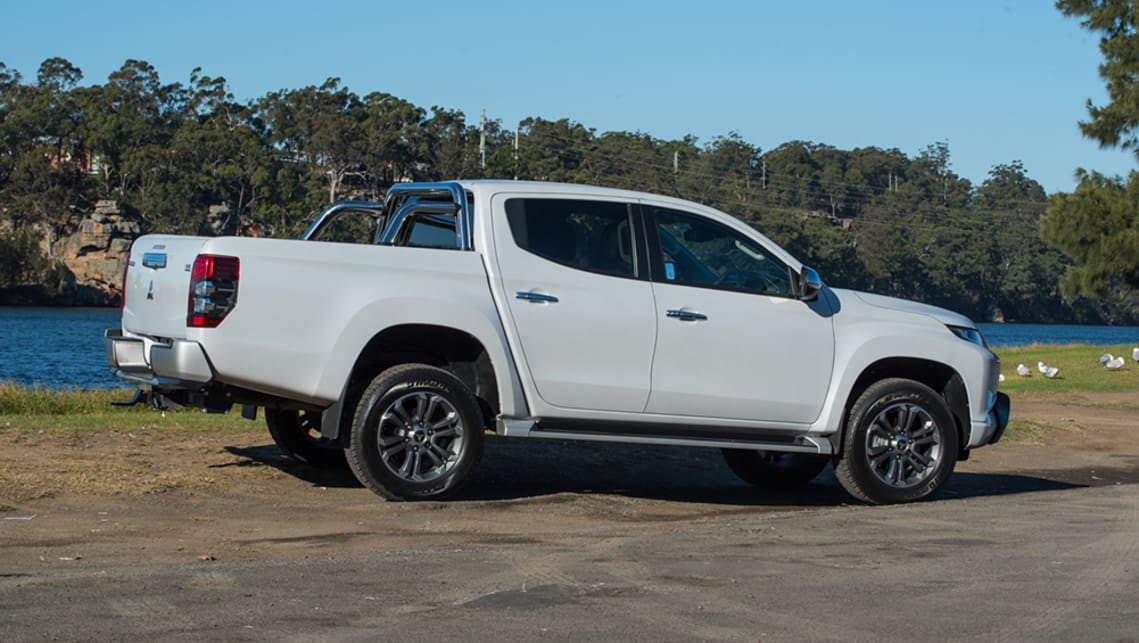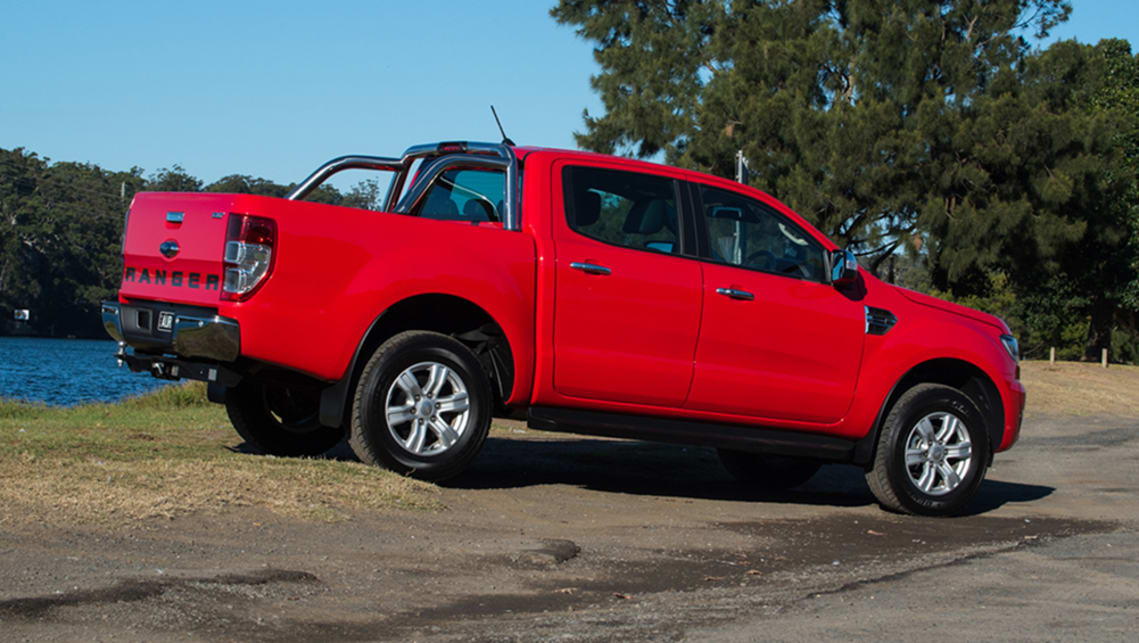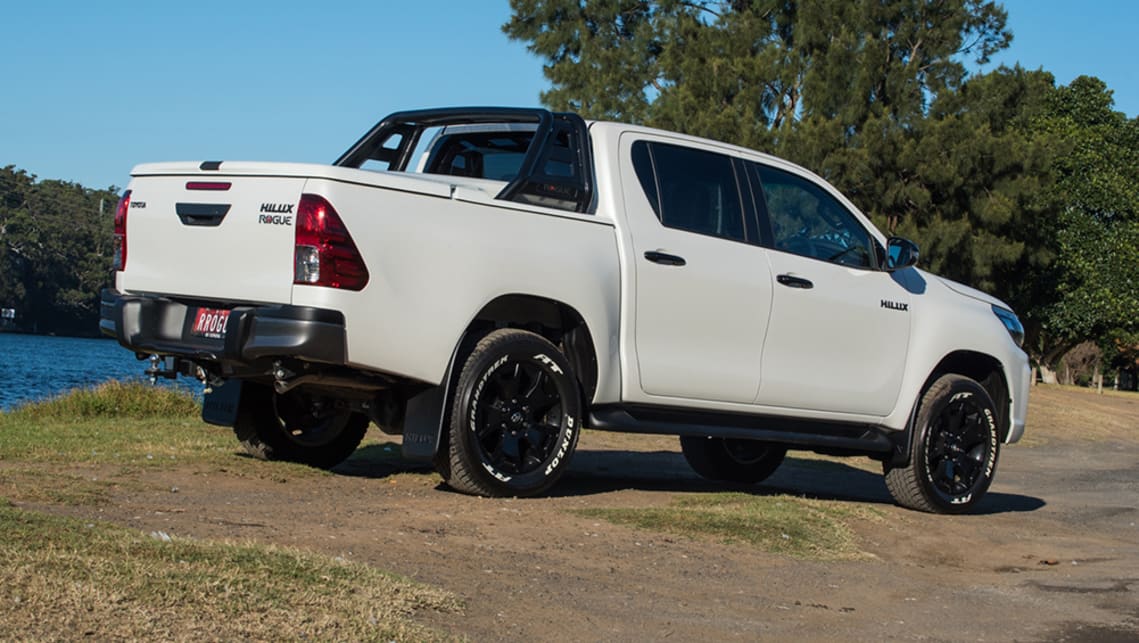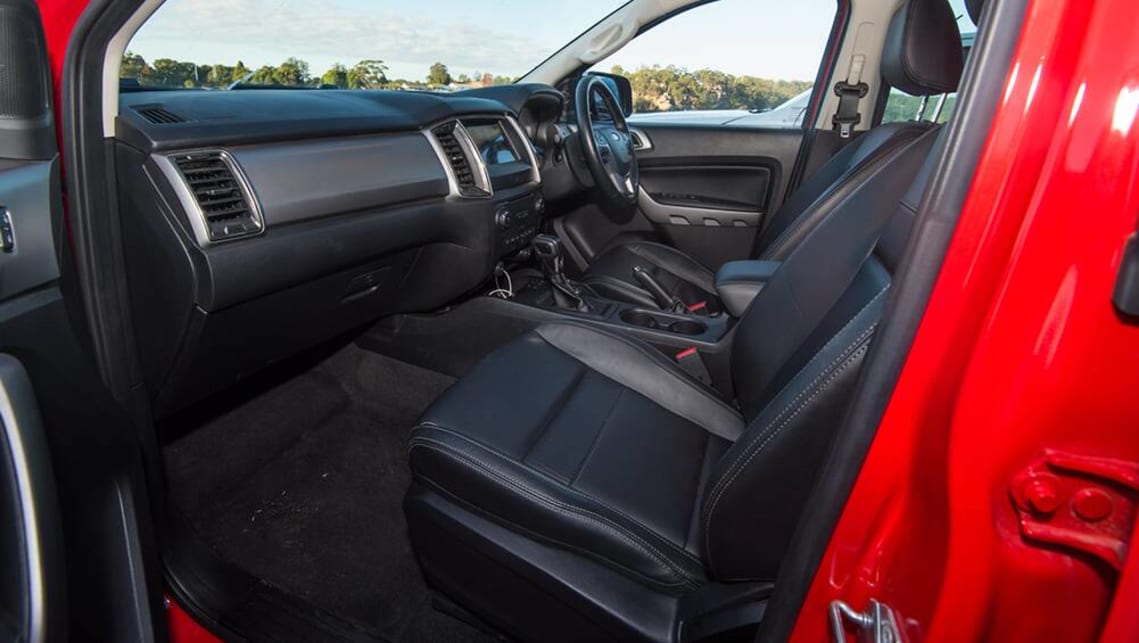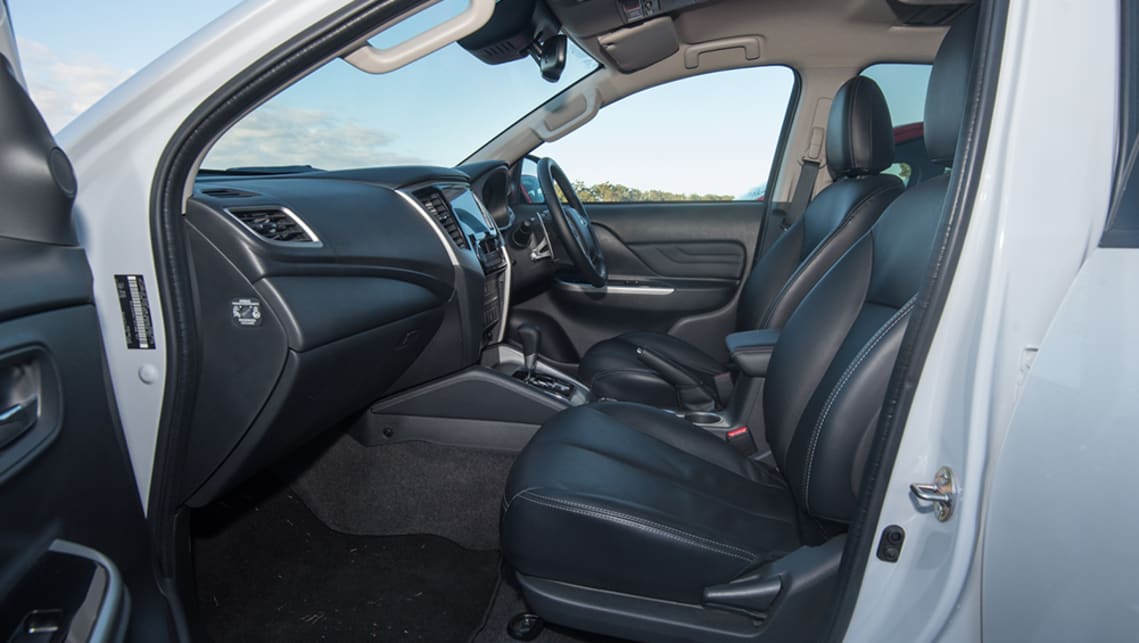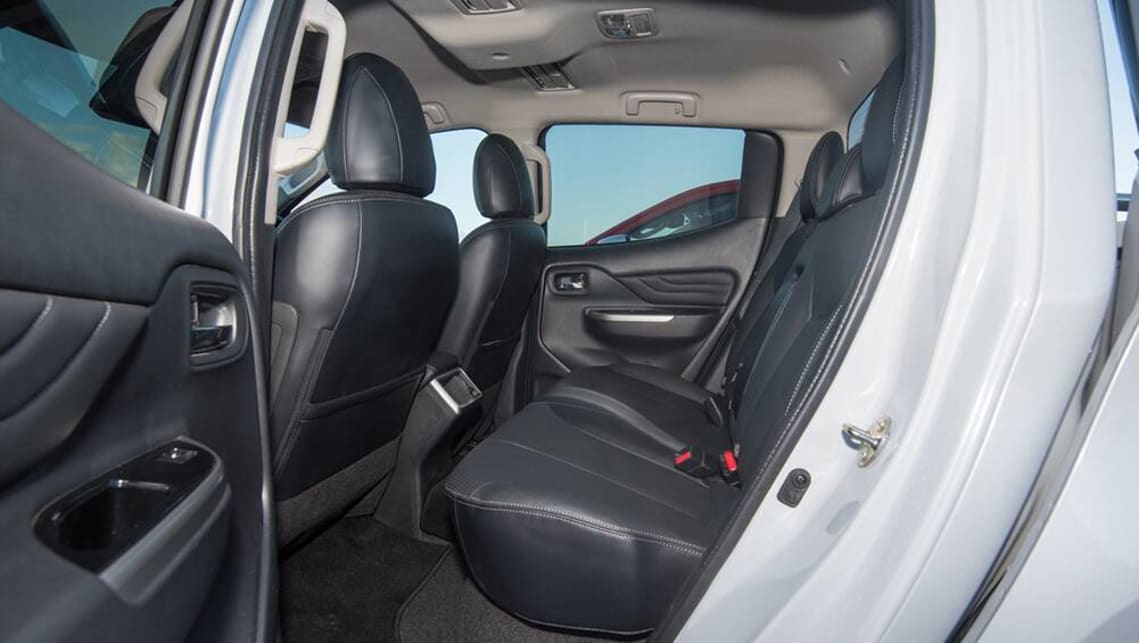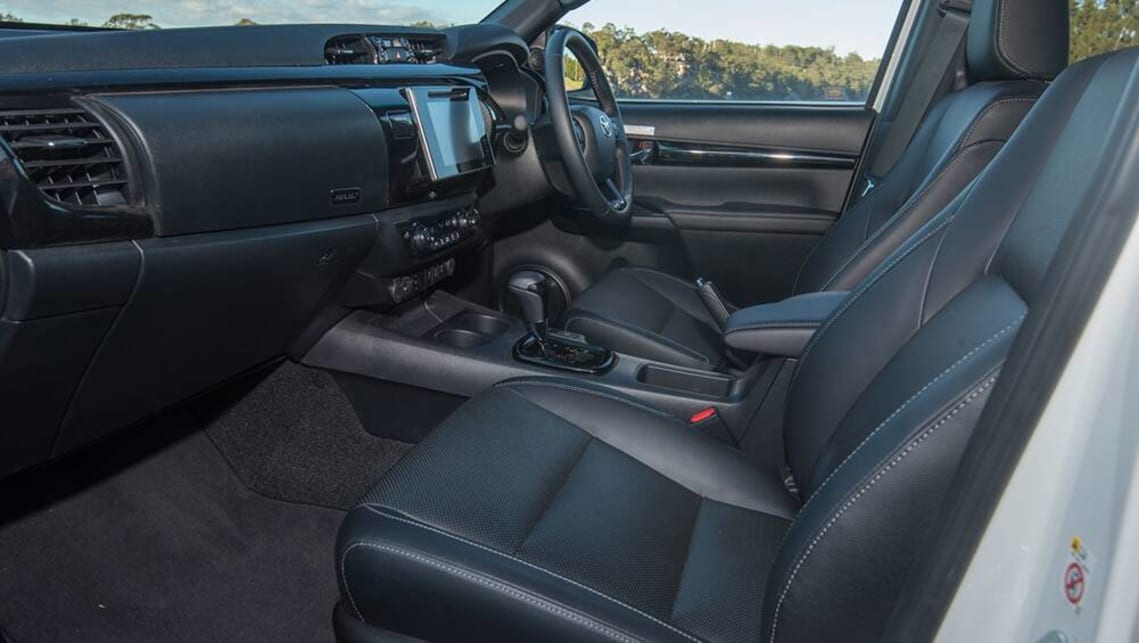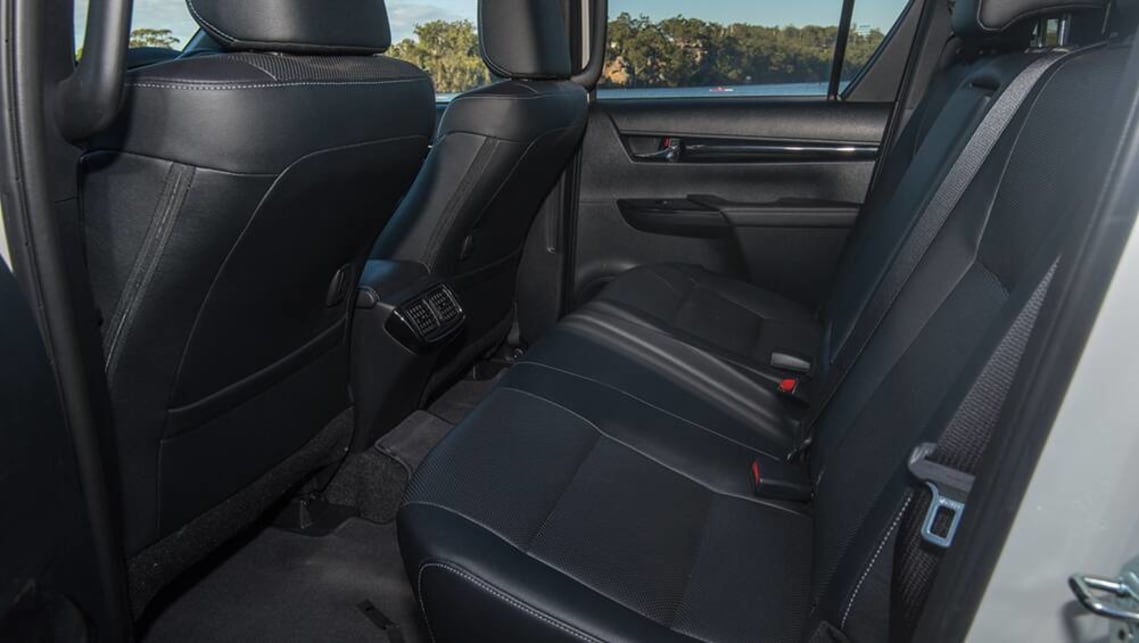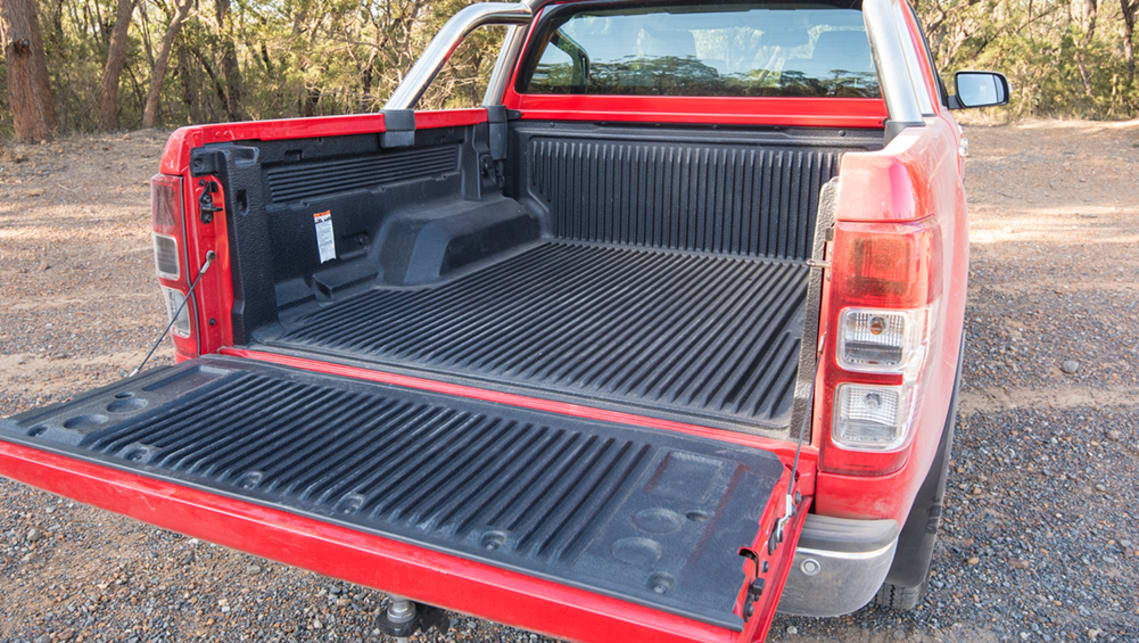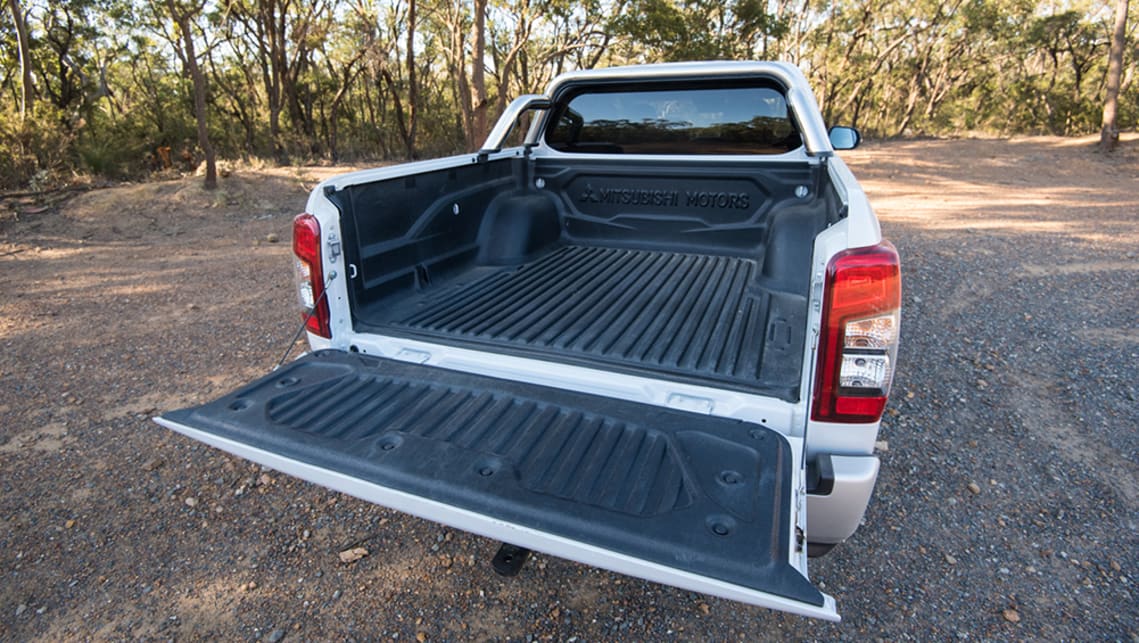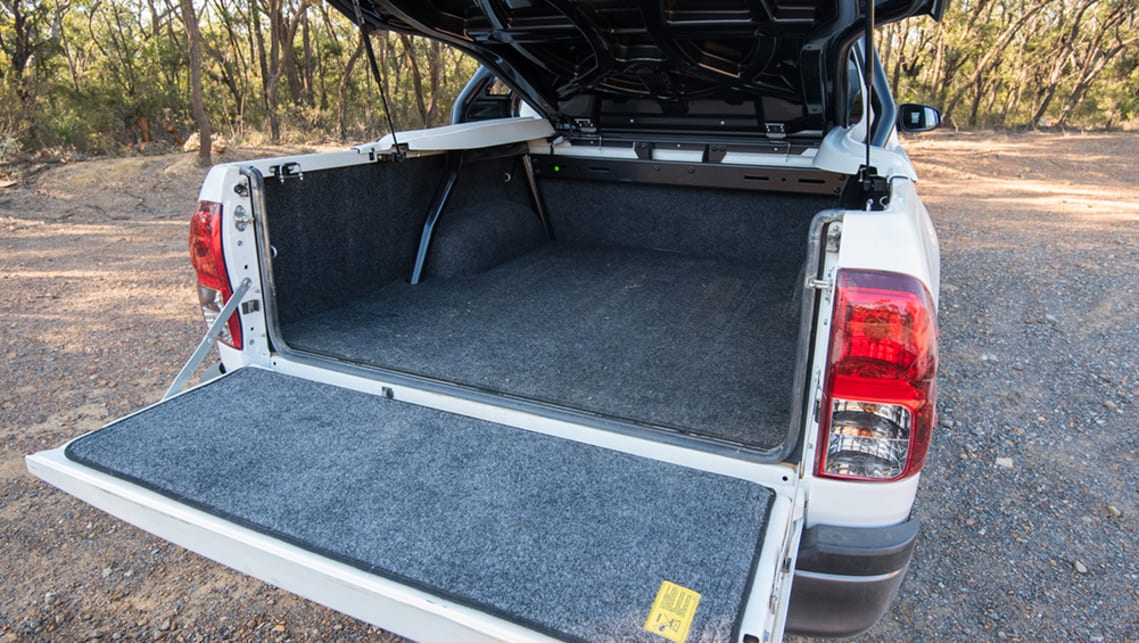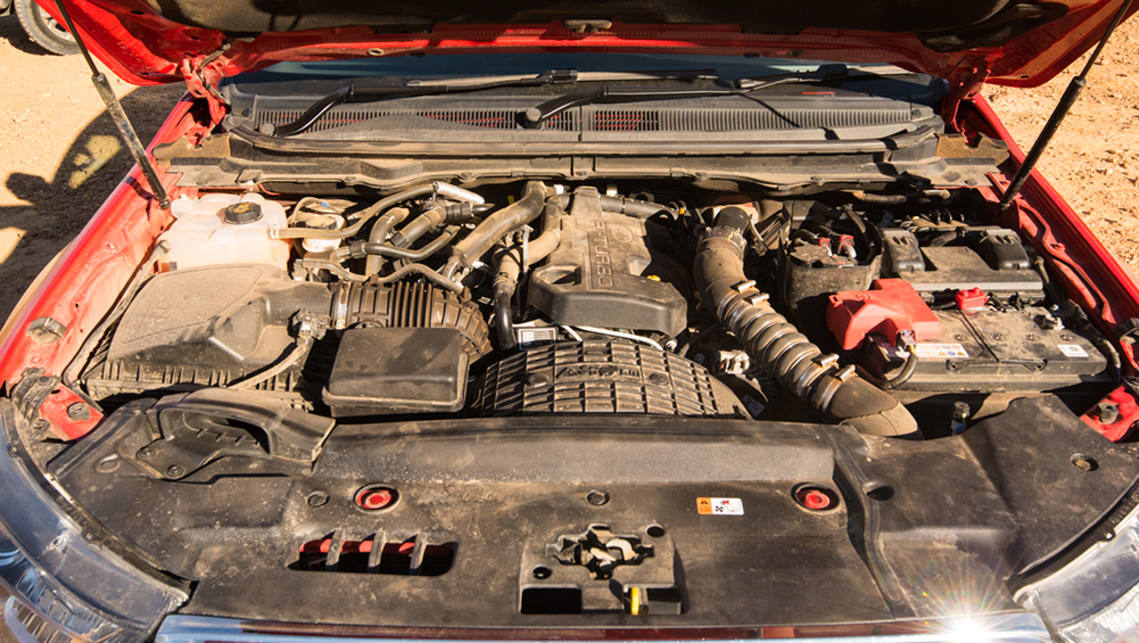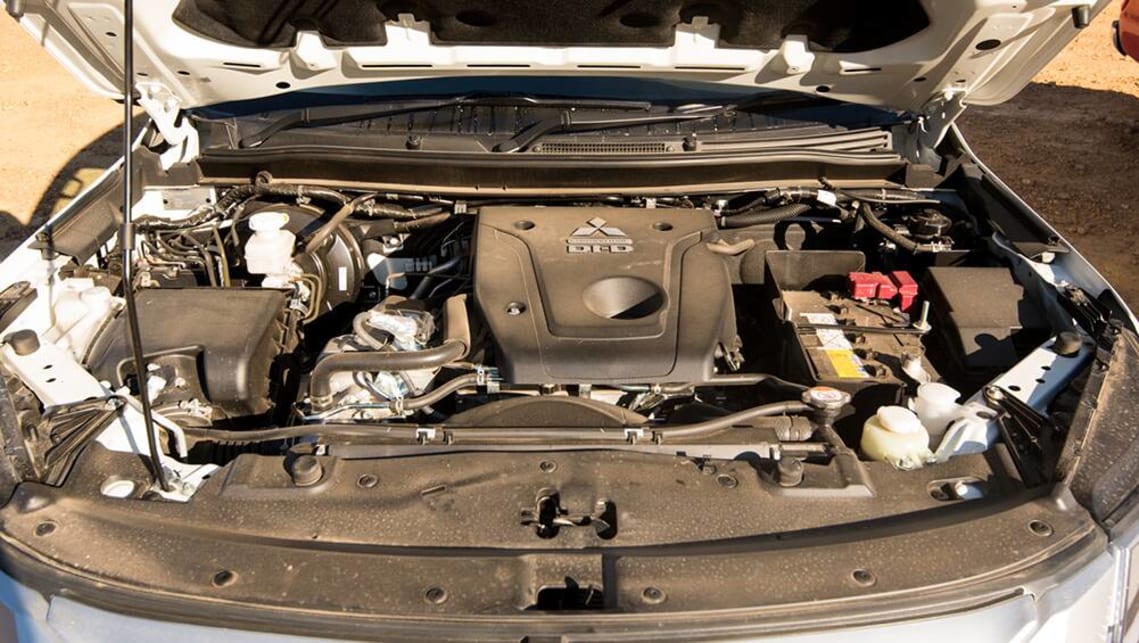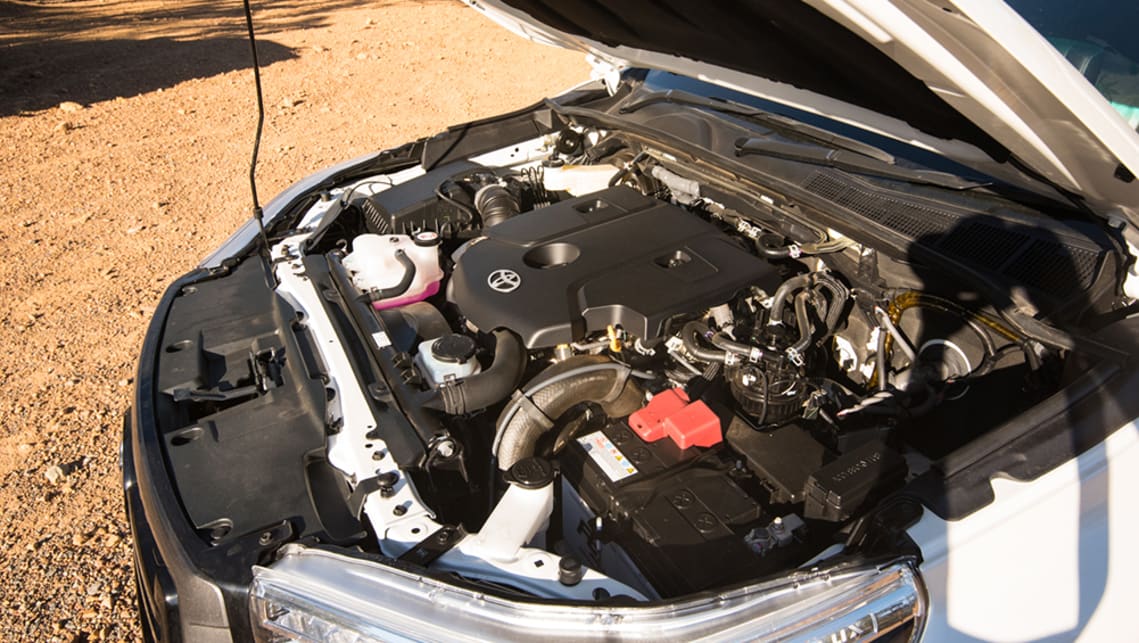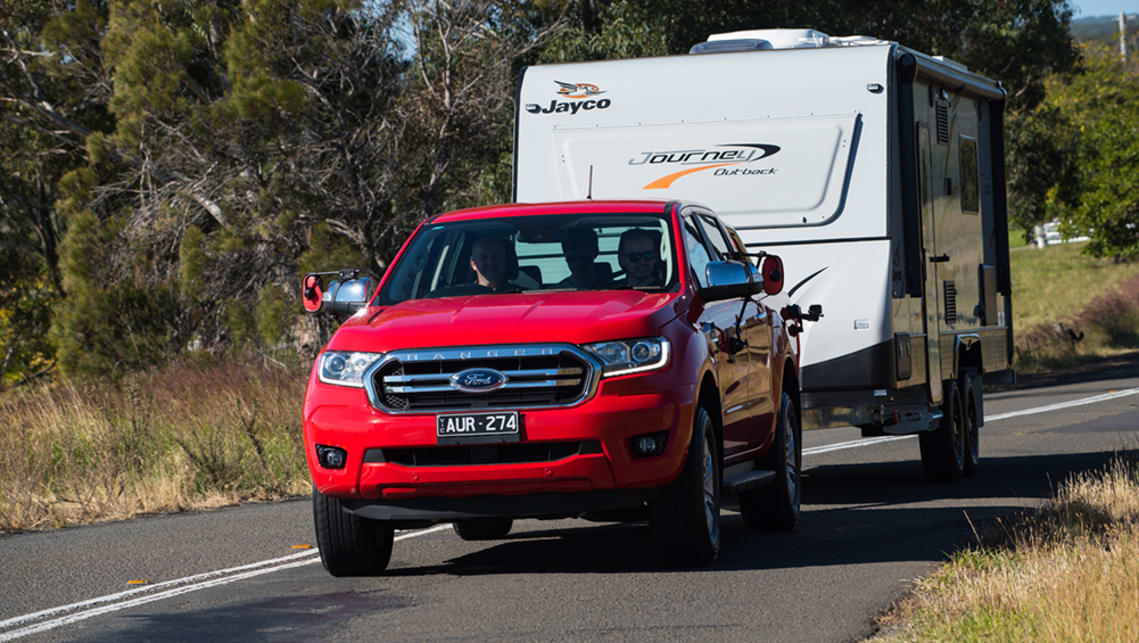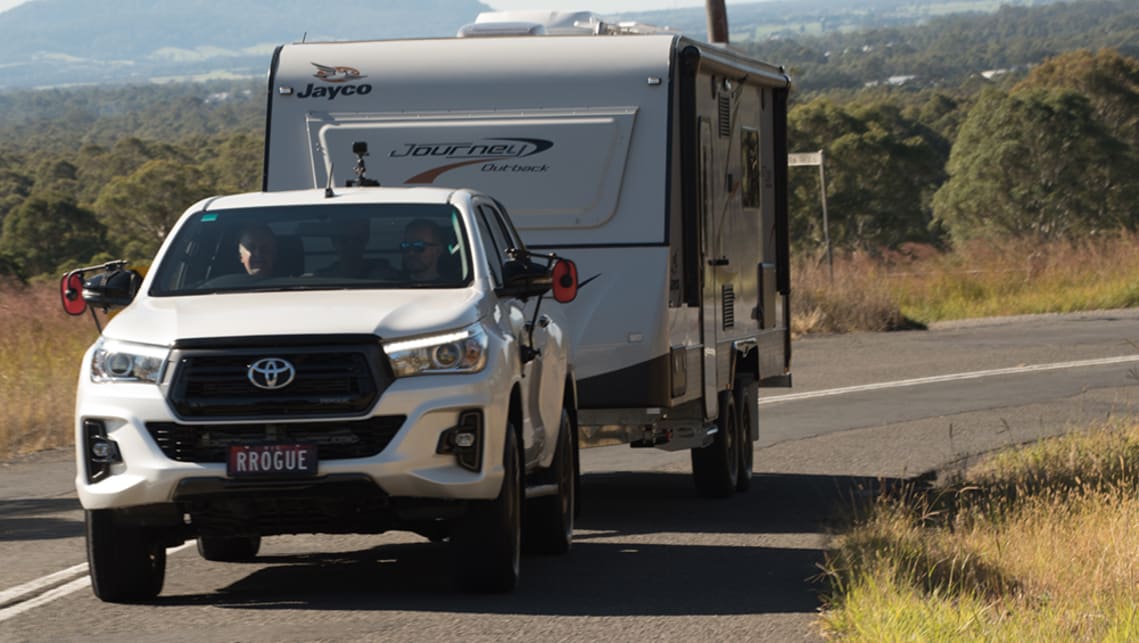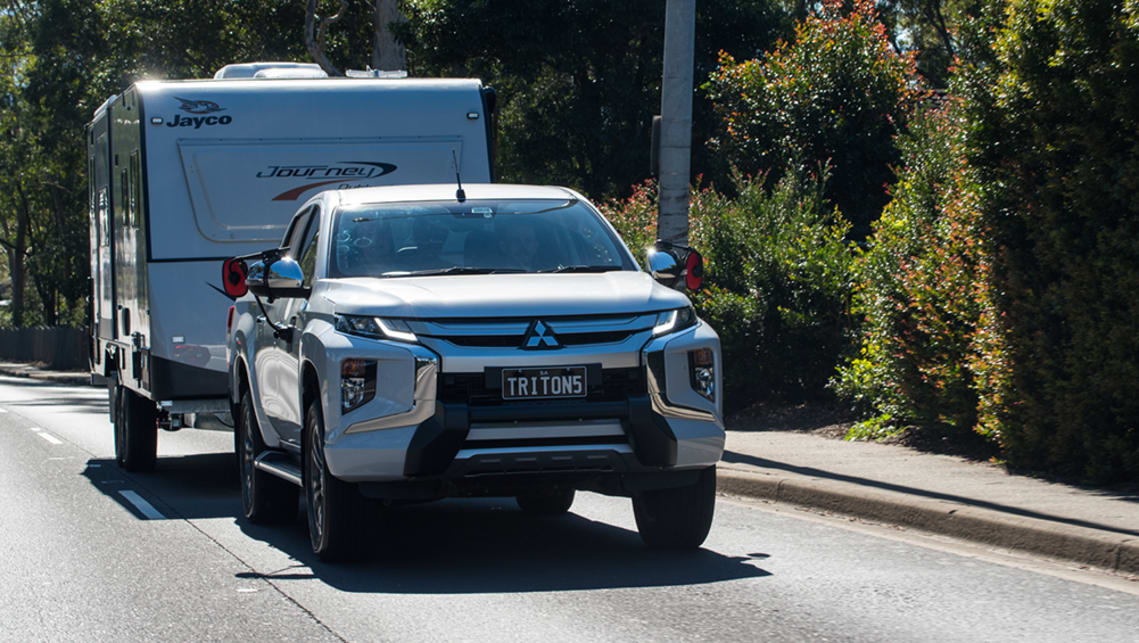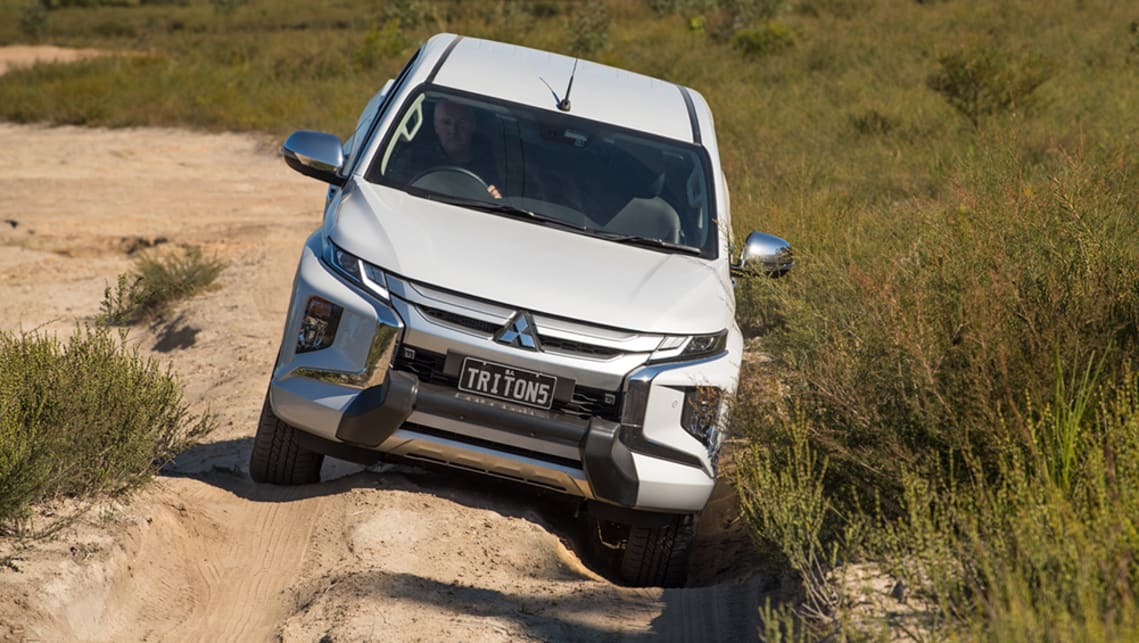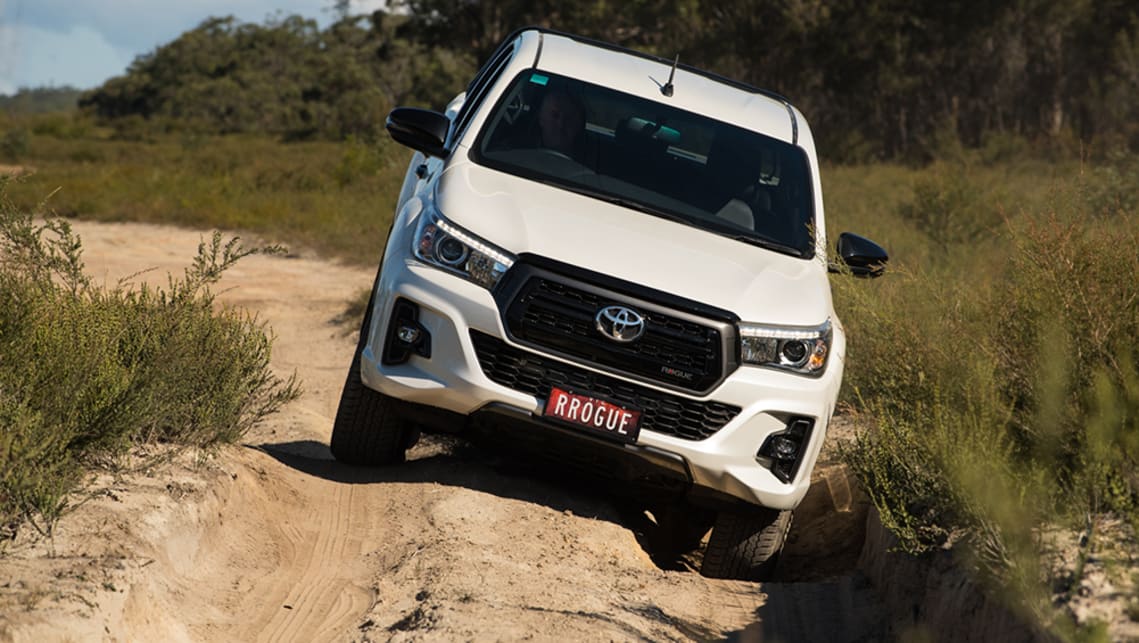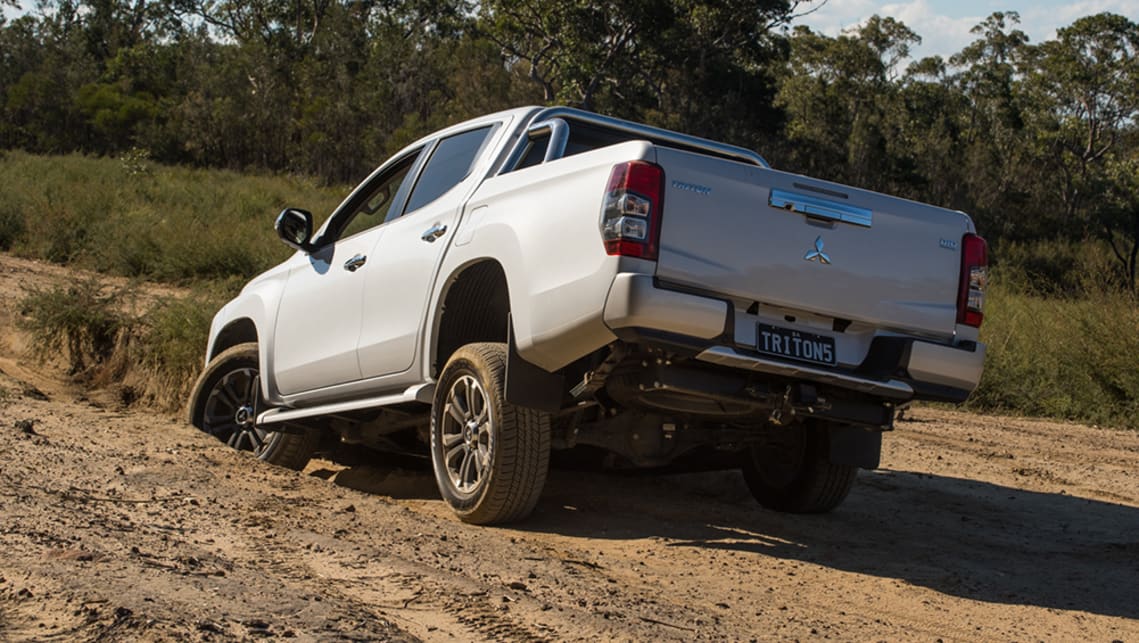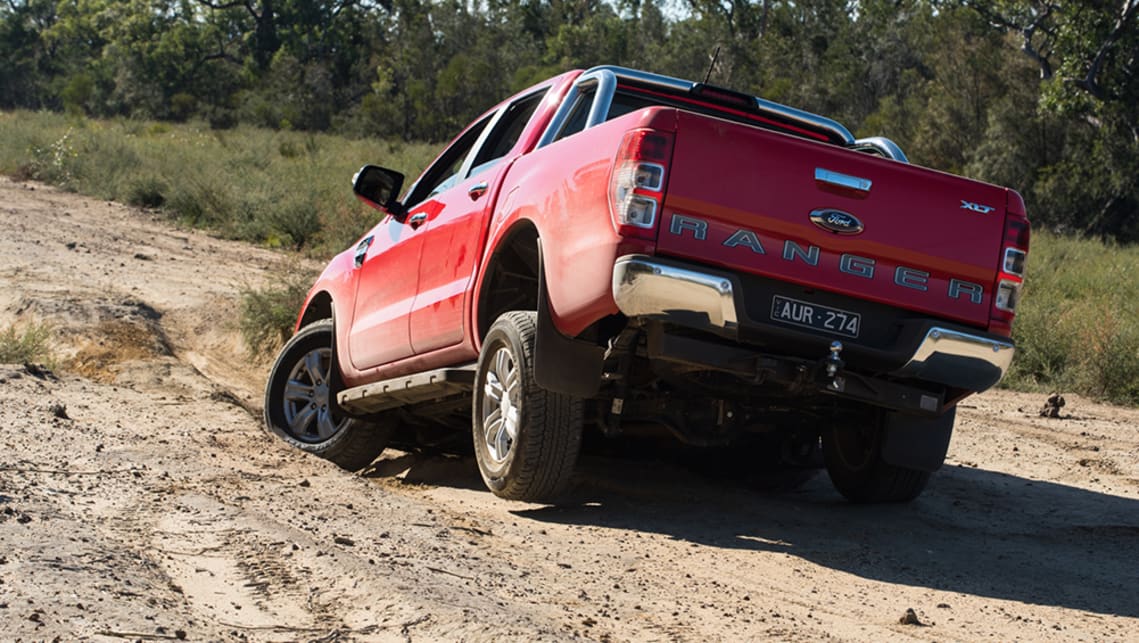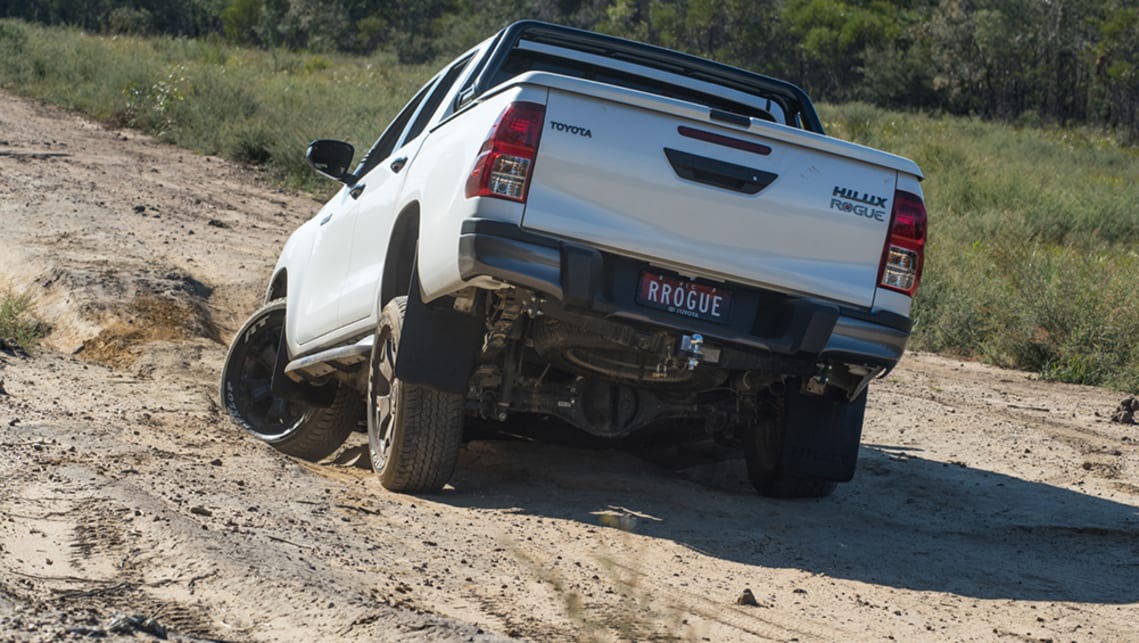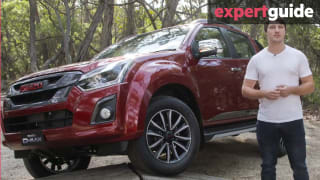Everyone wants a bargain, but that doesn't always equate to good value. So here's a price list to give you an idea how much each of these models will cost, and the price range varies greatly because we have a bit of a mix of trim levels on test here.
The most affordable model – by a huge margin – is the Mitsubishi Triton GLS Premium, which is the top-of-the-range version. The list price (RRP) for this version is $51,990 plus on-road costs, but the brand is already doing drive-away prices, so shop around – hey, why not let CarsGuide be your guide? Whether you're after new or second-hand!
That positions it as a comparative bargain in this test, because the next most affordable model we have is the Ranger XLT Bi-turbo, which lists at $59,790. The 2019 version of the Ranger has seen increased safety and the addition of the new downsized engine –we'll discuss both of those elements in more detail as we move through the test.
The most expensive vehicle in this test is the Toyota HiLux Rogue, which lists at $61,690 plus on-road costs. And while it could be considered a sport edition, can it stack up on features?
To make things simple for us all, we've put the most important information in tables so you can compare how these three models compare to one another – XLT vs GLS Premium vs Rogue.
| Ford Ranger XLT Bi-Turbo | Mitsubishi Triton GLS Premium | Toyota HiLux Rogue | |
| LED Headlights | Yes | Yes | Yes |
| LED daytime running lights | Yes | Yes | Yes |
| Auto headlights | Yes | Yes | Yes |
| Auto wipers | Yes | Yes | Yes |
| Air conditioning | Dual-zone climate control | Dual-zone climate control | Single-zone climate control |
| Heated seats | No | Yes - two-stage | Yes - single-stage |
| Electric seat adjustment | No | Driver's side | Driver's side |
| Leather seats | Optional | Standard | Standard |
| Push button start | Yes | Yes | Yes |
| Keyless entry/smart key | Yes | Yes | Yes |
| Central locking | Yes | Yes | Yes |
| Leather steering wheel | Yes | Yes | Yes |
| Cruise control | Yes - adaptive | Yes | Yes |
| Media screen | 8.0-inch | 7.0-inch | 7.0-inch |
| Sat nav | Yes | No, but has GPS location | Yes |
| Apple CarPlay and Android Auto | Yes | Yes | No |
| Sound system speakers | 6 | 6 | 6 |
| Power windows | Yes | Yes | Yes |
| Power mirrors | Yes | Yes | Yes |
| Heated side mirrors | No | No | No |
| Tow bar | Yes | No | Yes |
| Alloy wheels | 17-inch | 18-inch | 18-inch |
| Tyre pressure monitoring system | Yes | No | No |
| Spare tyre | Full size | Full size | Full size |
| Front brakes | Disc | Disc | Disc |
| Rear brakes | Drum | Drum | Drum |
There's a bit more to it, too, because the HiLux Rogue adds a hard lid with marine carpet lining in the tub – a few grand's worth of value, there. And it arguably looks like it has a sports pack fitted (where its stablemate, the Rugged X, has an off-road pack fitted). And the Toyota and Ford both come with a tow bar kit fitted (with harness, but not with an electric brake controller); to get your Mitsubishi with the same will cost you a little more.
And it's good to see all three utes here have LED headlights – that means there's no HID, xenon or projector lights. Depending on your circumstances, you might want to consider a light bar, driving lights or spot-lights – but we had no serious issues with the lighting on offer.
In the touch-screen battle the Ford rocks an 8.0-inch display with Apple CarPlay and Android Auto, plus it has a navigation system built in (but you can't use that in-built system if your phone is hooked up). The Toyota has sat nav, too, but no smartphone mirroring for its smaller 7.0-inch screen. The Mitsubishi has the same size screen as the HiLux but no nav, but it does have GPS location data, and also smartphone mirroring.
While the multimedia stakes are high, none of these models have a DVD player or wifi hotspot, but all have Bluetooth phone and audio streaming with USB connectivity for MP3 playback from your device. The sound system in each of these models consists of six speakers and no subwoofer, and all three had DAB digital radio. If you still look for a radio CD player, the Ford and Toyota will please you more than the Mitsubishi – it doesn't have a CD player, and none have a CD changer.
Weirdly, you have to look at the screen in the Ford for the climate-control settings on the air conditioning – there are manual buttons below, and while it might look more technical, we prefer the standalone air conditioner temp displays in the Mitsubishi and Toyota.
Beyond the stereos, the gadgets and technology on offer is a battle fought in the safety section below, with one of these players falling well short. Look, there's still ESP/VSC/stability control and hill start assist with hill descent control, but it's like two of these models have a tech pack compared to the one that misses out. Don't skip ahead, though – there's a lot more of this model comparison to come before we get there.
Of course you might want to add some accessories, and each of these brands offers extensive lists of goodies including a bull bar, rims, a snorkel, nudge bar (fitted as standard on this spec of Triton), ladder rack, sports bar (another standard-fit item on the Triton, not to mention the HiLux). You might want to shop the aftermarket for an awning, winch, hard-core bash plates and rated recovery points, but none of these utes have a power window in the rear glass, and none come with a sunroof.
Try to get the salesperson to throw in some floor mats (the Ranger has a driver's mat as standard, but none of the others have any included), and you won't need to bargain for window tint in any of them, either – well, unless you want privacy glass front and rear.
No model comes with two tone paint, and the list of colours is pretty limited. You've got black, white, blue, red, grey and silver on all three. The HiLux adds an orange hue, but none have brown, yellow or green available from the factory. Premium paint costs $600 for the HiLux, $650 for the Ford and $690 for the Triton.
How many seats in each of these utes? Five a piece – but see how they compare in terms of interior comfort below.
| Model | Score |
| Ford Ranger XLT Bi-turbo | 6 |
| Mitsubishi Triton GLS Premium | 9 |
| Toyota HiLux Rogue | 7 |




